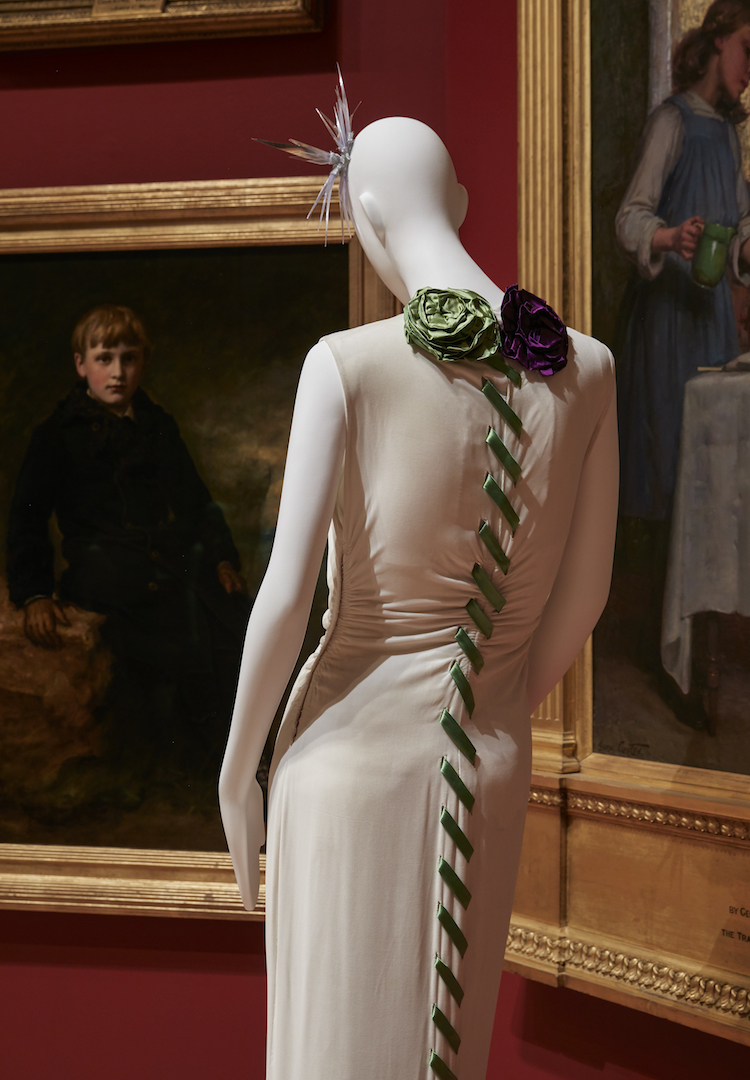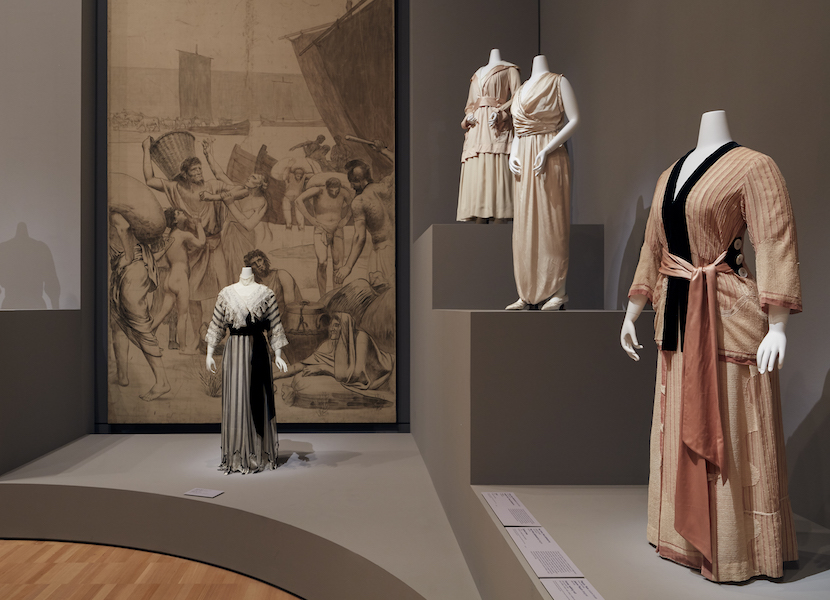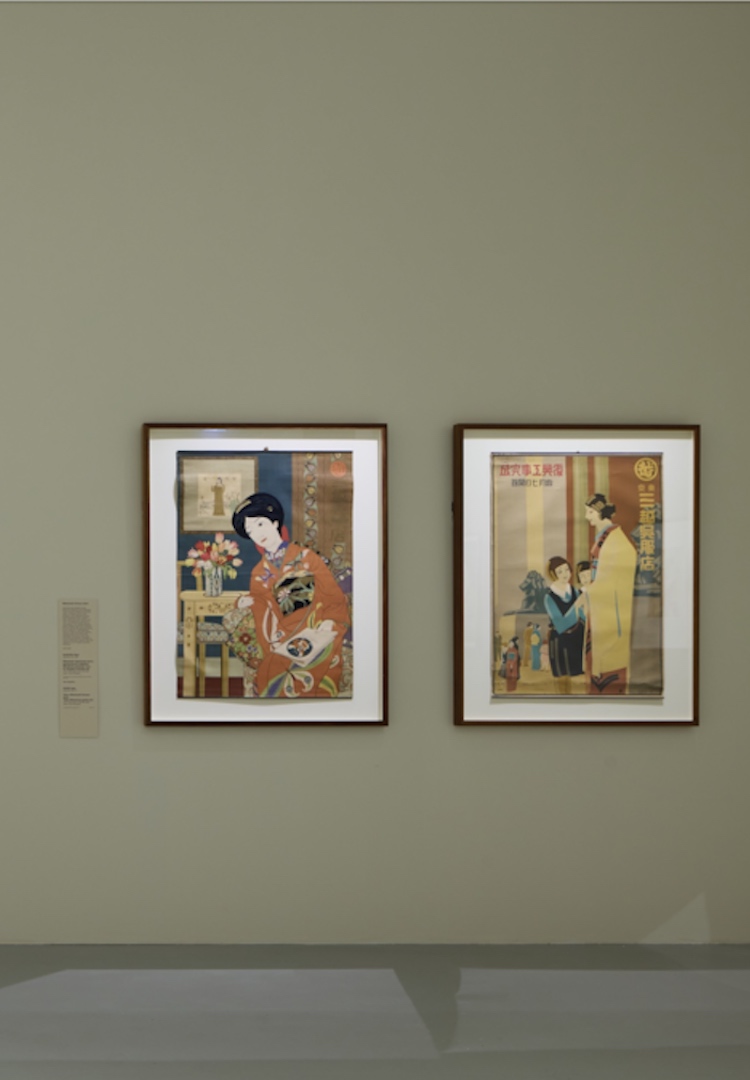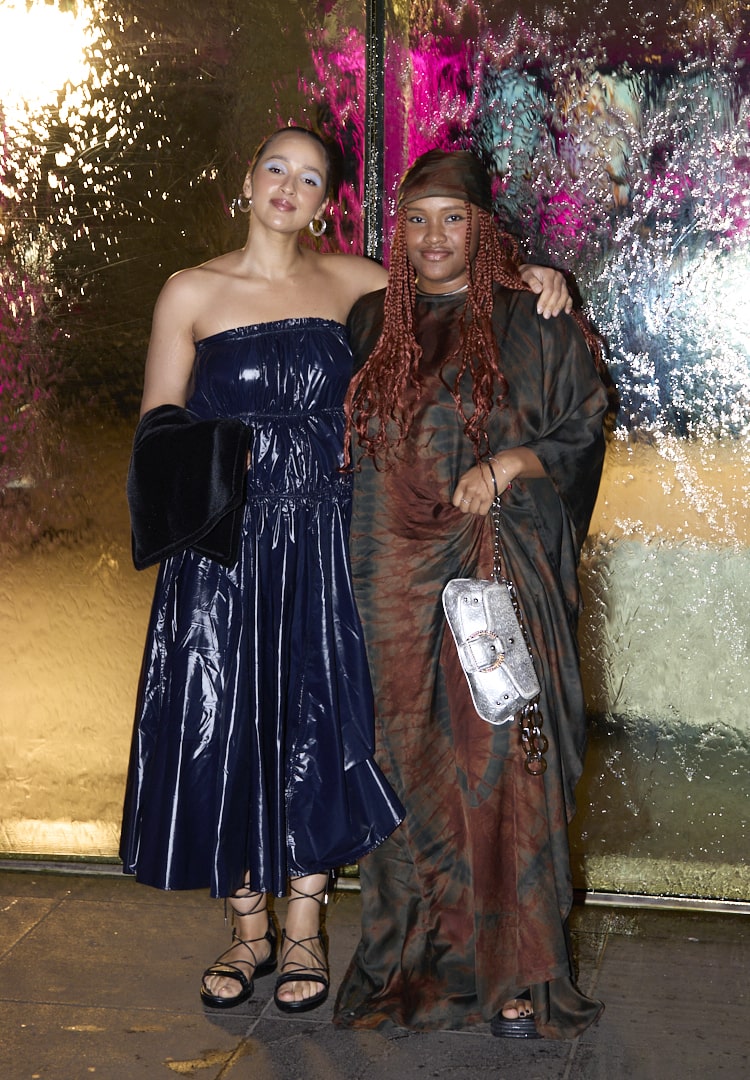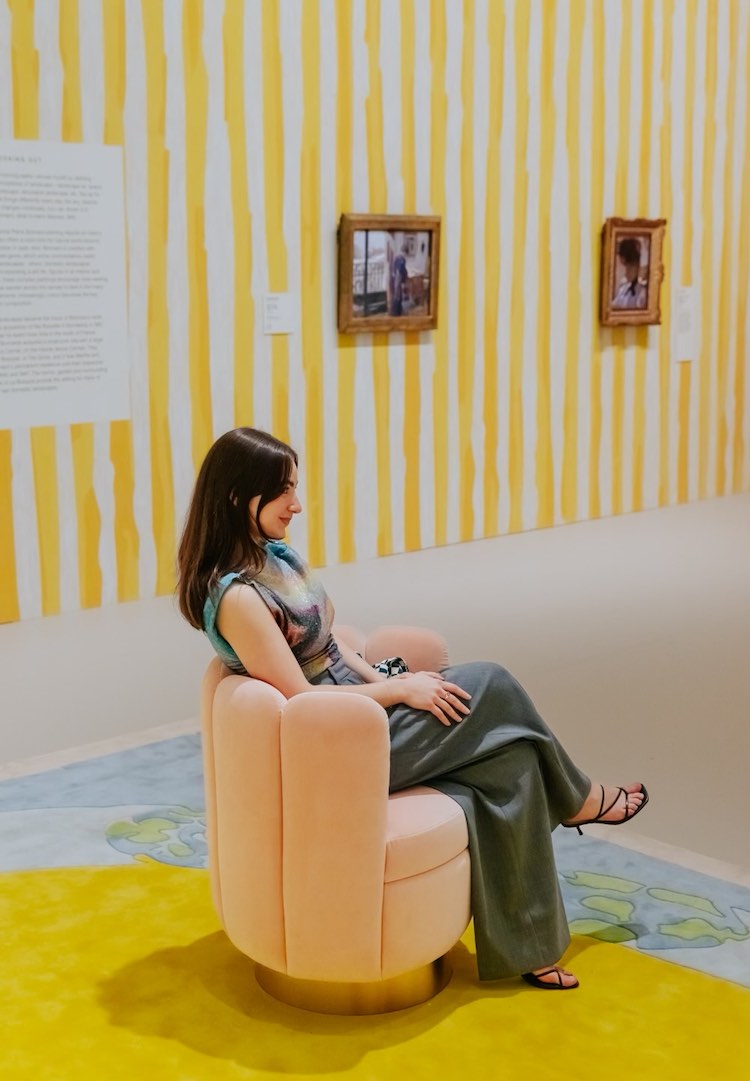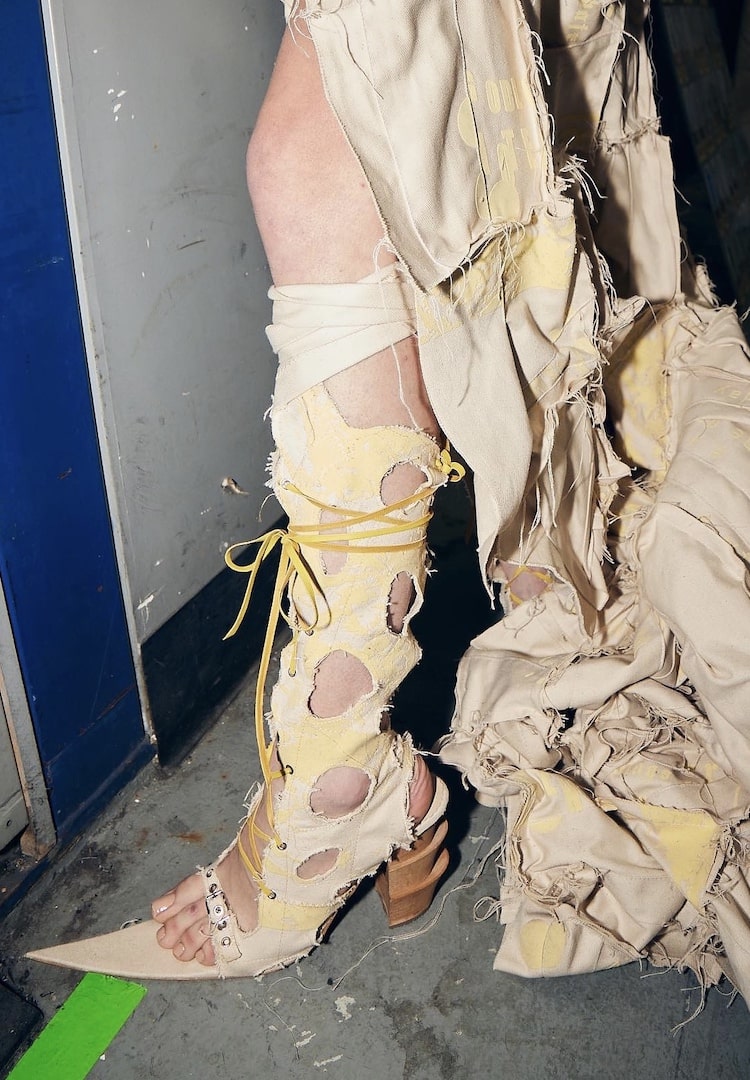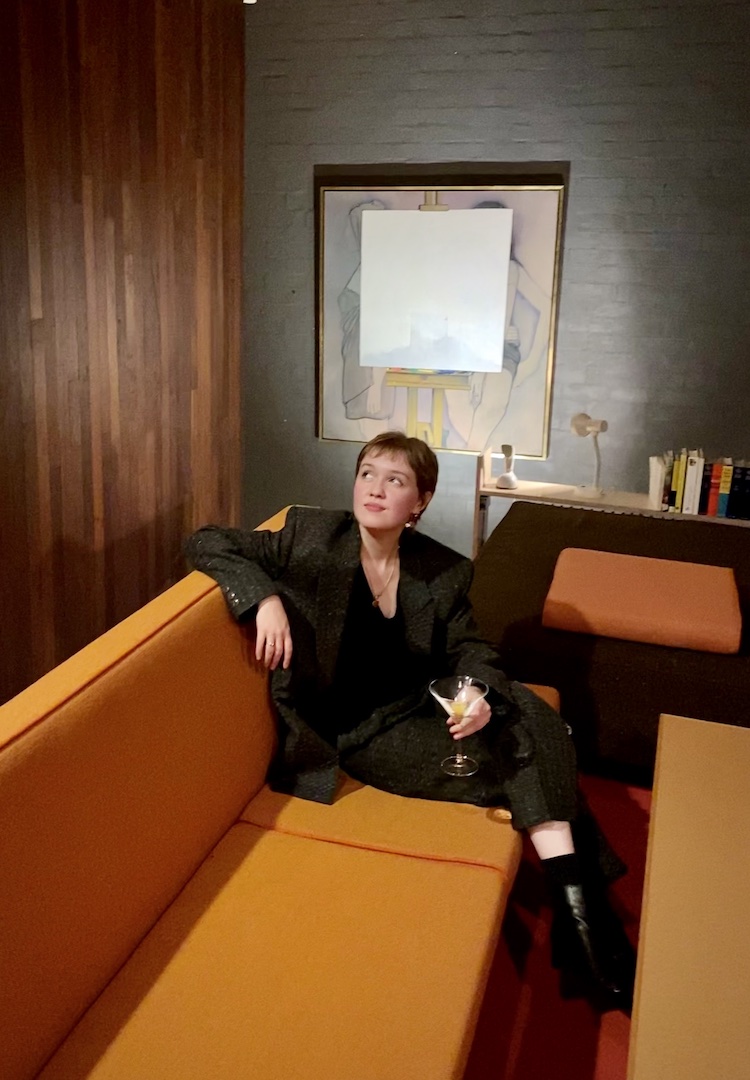5 influential haute couture designers you might never have heard of
Photos by Tom Ross
Words by Maeve Kerr-Crowley
And how to see their work in person.
When it comes to fashion, there are few things more fun and inspiring than a killer haute couture collection.
All the designers whose runways we avidly watch today have been inspired by industry pioneers who have come before them. To honour these fashion legends, the National Gallery of Victoria and Krystyna Campbell-Pretty have put together an educational exhibition charting the history of couture.
Featuring over 200 garments, sketches, photographs and journals, the Krystyna Campbell-Pretty Fashion Gift highlights the work of hundreds of designers, spanning back to the 19th Century.
And while we’d be both shocked and concerned to meet somebody who had never heard of Coco Chanel, Christian Dior or Yves Saint Laurent, many of the names featured have lost some of their well-deserved impact over time.
So, before you hit up the exhibition yourself, here’s our rundown of some influential couturiers from history that you might never have heard of.
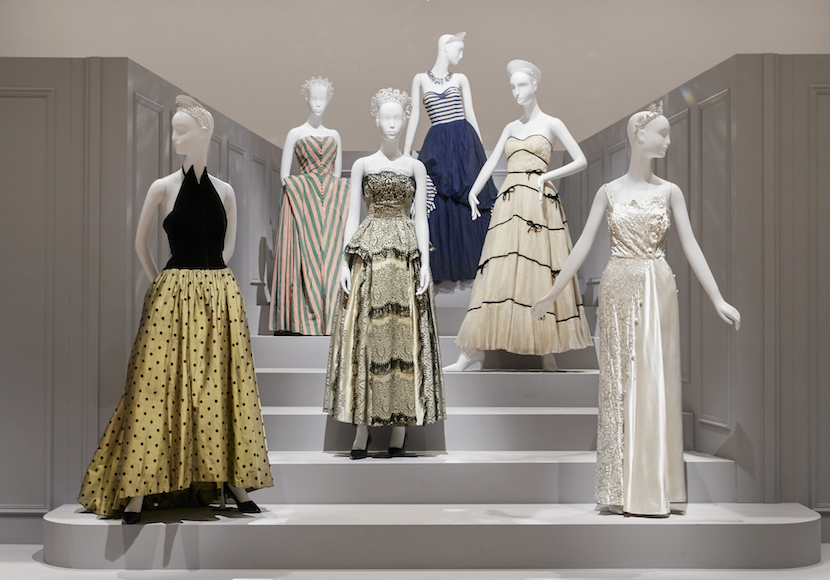
Jeanne Paquin – Maison Paquin
Jeanne Paquin was arguably the first female couturier. After establishing a Maison with her husband Isidore Paquin in 1890, she quickly established a reputation for making practical yet fashionable couture. Following a brief experiment with the kind of pastel tones that were popular at the time, she adopted red as her signature shade and attempted to free black from its roots as the colour of mourning.
Paquin firmly believed in reflecting and responding to what women wanted to wear, and often found clever ways to improve on sweeping trends. Her take on Paul Poiret’s restrictive hobble skirt – Google the inexplicably fashionable style here – included hidden pleats for added comfort and practicality. You can also blame her for that eternally haunting phrase ‘day to night’, likely birthed by her invention of a formal-informal hybrid dress back in 1913.
That same year, a New York Times journalist described Paquin as “the most commercial artist alive”. She thrived on collaboration in a time when it was generally frowned upon, and revolutionised fashion PR by sending models to the opera or horse races clad in her designs.
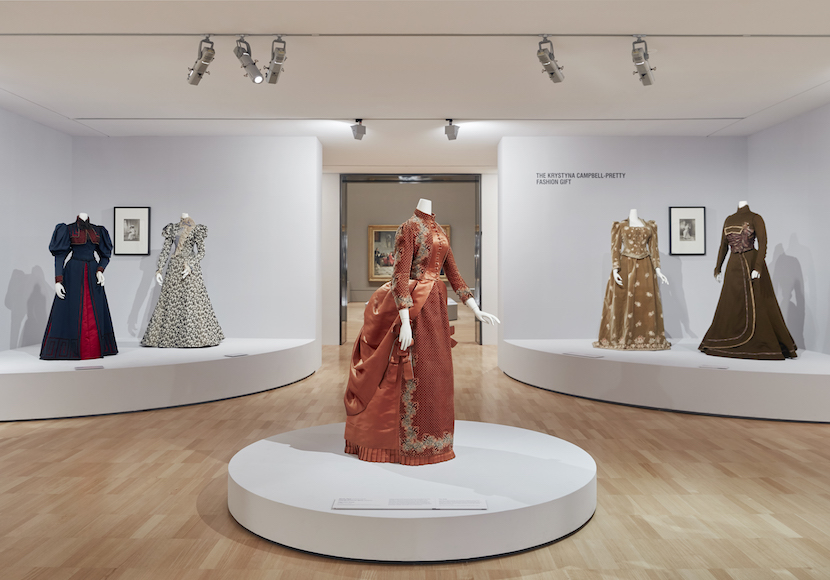
Charles Frederick Worth – The House of Worth
Working tirelessly through the late half of the 19th Century, Paris-based designer Charles Frederick Worth opened his own fashion firm in 1858. His success came during the height of the Second Empire of France, when the demand for luxury goods was higher than it had been since the French Revolution. The house’s designs relied on lavish fabrics, meticulous attention to fit, and a host of artistic and historical references.
Worth was dubbed ‘the first couturier’ and ‘the father of haute couture’, largely due to his mastering the art of self-promotion. As well as displaying his designs on live models at the House of Worth, he signed his name on the waistband of every garment in the same way an artist would sign an original painting. This effectively made him the first designer to create and distribute a logo.
While the House of Worth proudly dressed plenty of prestigious clients, perhaps the most notable was the French Empress Eugénie. This relationship apparently inspired many of Worth’s more innovative designs. For example, the designer crafted a shorter-hemmed walking skirt specifically for the Empress, who was fond of long walks but not long skirts.
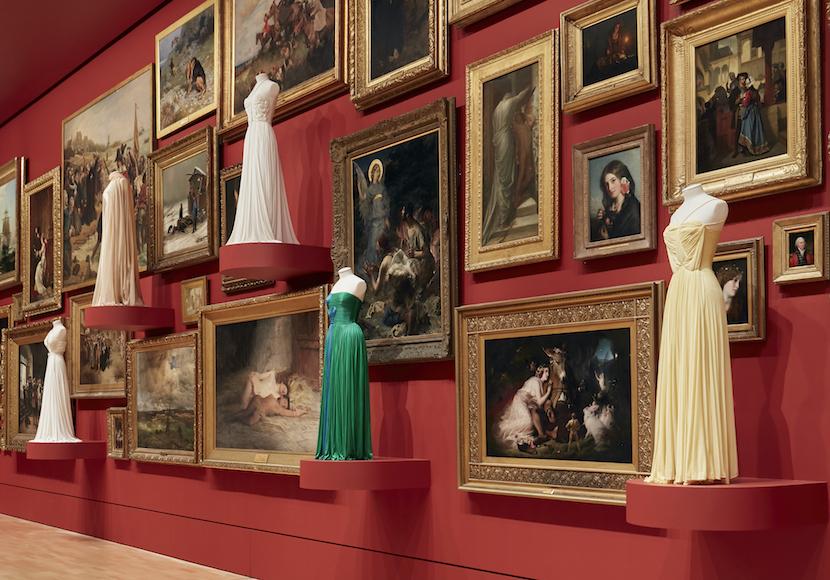
Madame Grès – Maison Alix, Madame Grès
The ‘queen of drapery’ Madame Grès was originally trained as a sculptor. It’s Iikely these roots contributed to the designer’s innate ability to transform fabrics using pleats and draping techniques. She worked mostly with live mannequins, paying particular attention to how every garment would fit and flatter the female body.
Her most notable style, first constructed in the 1940s, was a Grecian-inspired draped gown. Each dress was constructed by hand and could take up to 300 hours to complete.
Madame Grès wasn’t short on either popularity or respect. She was granted first prize for Haute Couture at the 1937 Paris World Fair, and dressed notable women like Grace Kelly, Greta Garbo and Marlene Dietrich. Perhaps more admirable, however, was her unwavering commitment to the integrity of her brand.
During the Second World War, Grès was told by German forces to design bleak, utilitarian clothing appropriate for the times. Instead, the designer not only stuck to her label’s style but started modelling garments after the French flag. Unsurprisingly, the house was forcibly shut down, only to reopen later in the ’40s.

Madeleine Vionnet
Credited with the popularisation of a now indispensable design technique, Madeleine Vionnet was a pioneer of fashion modernity in the early 20th Century. While bias cut fabrics – a textile cut diagonally to the grain to allow for greater stretch – were in use long before Vionnet’s heyday, she was the first designer to craft an entire garment using the technique.
She used this revolutionary signature to create flattering, sensuous gowns from fabrics like silk jersey and delicate crepe. Along with Coco Chanel, Vionnet’s designs signalled a move away from the stiff, formal fashions that had come before them. Her work has since inspired countless designers and labels including Comme des Garçons, John Galliano and Issey Miyake.
Vionnet was also integral to establishing greater rights in the industry. As well as fighting for copyright laws, she instituted labour practices including paid maternity leave, day-care and a resident doctor and dentist.

Maggy Besancon de Wagner – Maggy Rouff
Maggy Rouff once described herself as “an accident in the dressmaking world”. Originally an author and journalist, she jumped ship when the opportunity arose to breathe life into the dying fashion house, Drecoll.
Some things are meant to fade, however, and she soon chose to establish her own label instead. A Maggy Rouff design was always defined by balance. While she believed in the power of novelty and surprise, Rouff knew both had to be backed up by actual taste. Each garment was designed around a focal point, often drawing attention to features like the upper body and face by including unconventional necklines or sleeves.
These accented, undeniably feminine designs were seen on famous faces like Grace Kelly, Clarissa Churchill Eden, and even Princesses Elizabeth and Margaret, as well as appearing in at least 12 films between 1938 and 1961.


